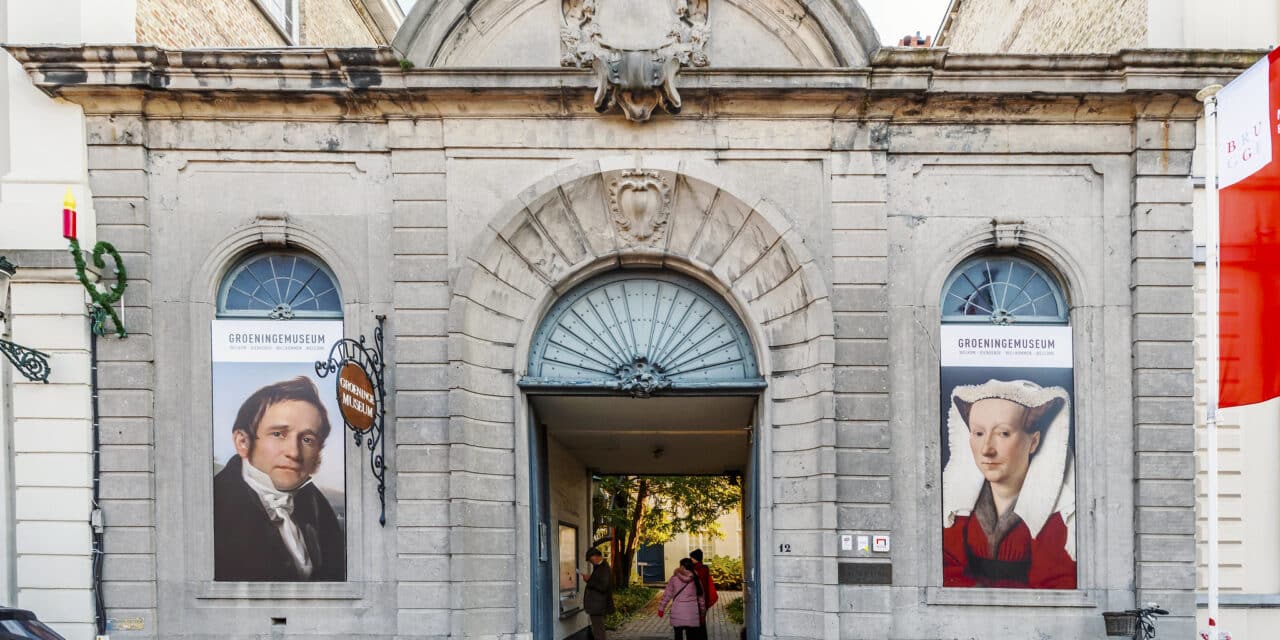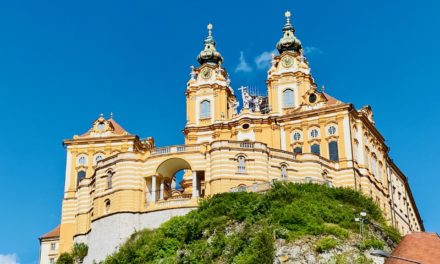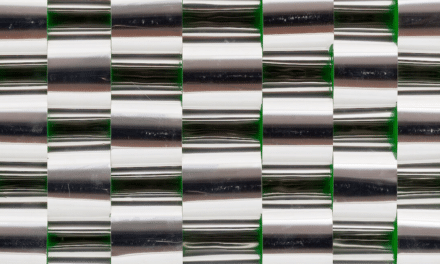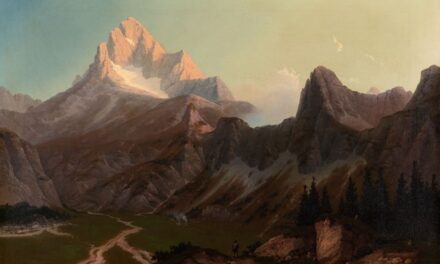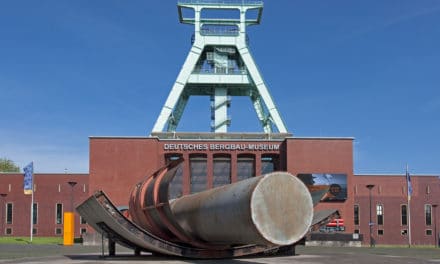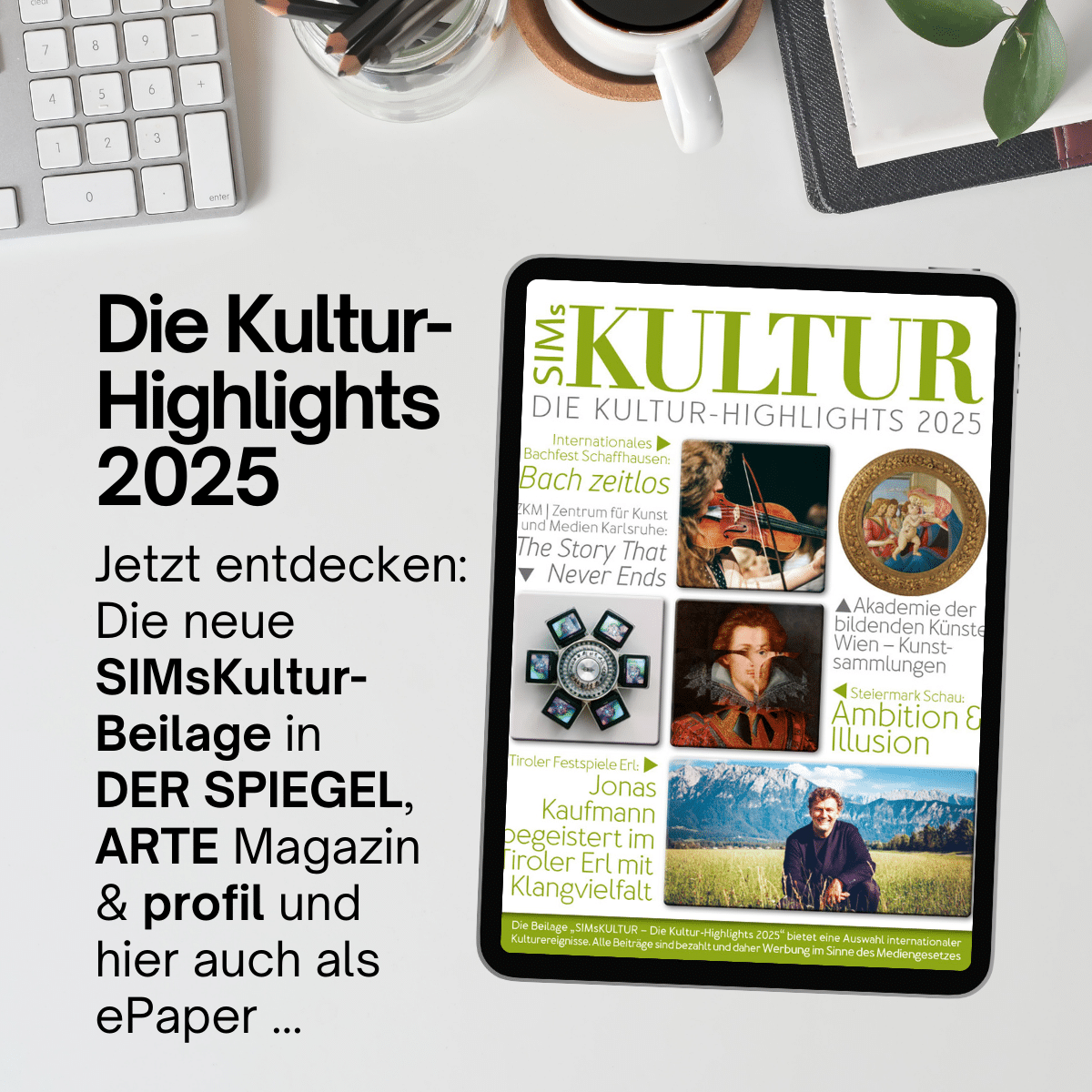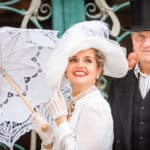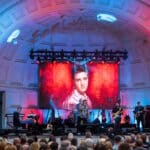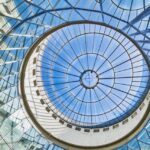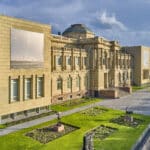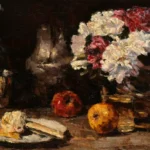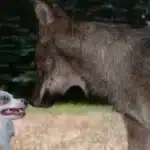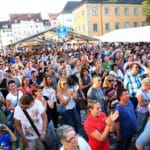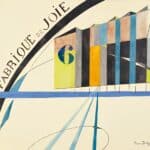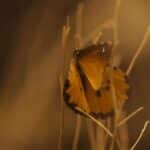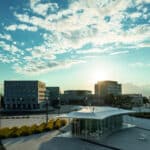The Groeninge Museum offers a varied overview of the history of Belgian fine art, the highlight of which is the 'Flemish Primitives'. You can also admire neoclassical masterpieces from the 18th and 19th centuries, masterpieces by the Flemish Expressionists and modern art from the post-war period.
Flemish Primitives
In the Groeninge Museum you will find paintings by Jan van Eyck, Hans Memling, Hugo van der Goes, Gerard David, Hieronymus Bosch, Ambrosius Benson, Lancelot Blondeel, Father and Sons of Pourbus and their contemporaries. Masters who came from the Netherlands and Belgium and often worked in Bruges, where they carried out commissions in the 15th and early 16th centuries. Several of these paintings are considered milestones in European art history.
Birds in flight through six centuries of fine art
In addition to works by Pieter Bruegel the Young and Peter Lely, numerous history paintings and floral paintings, the museum also has various monumental paintings by Jacob van Oost. The paintings of the Bruges Neoclassicists from the last decades of the 18th and 19th centuries form an impressive ensemble. Artists such as Joseph-Benoît Suvée, Jean Bernard Duvivier, Joseph Ducq, Joseph Odevaere and François Joseph Kinsoen received their academic training in Bruges and went on to make an international career with their history paintings and refined portraits.
The 19th and 20th centuries are represented with works by Edmond van Hove, Ferdinand Khnopff, Emile Claus and paintings by the Flemish Expressionists with works by Permeke, De Smet, Van de Woestyne and Brusselmans. The Groeningemuseum owns almost all editions of Marcel Broodthaers' printed works, six works by Georges Van Tongerloo, paintings by Paul Delvaux and René Magritte, and post-war works by Raoul De Keyser and Roger Raveel. The Groeninge Museum is a dynamic place: there are changing presentations, focus exhibitions and research projects that result in exhibitions with an international flavor. Currently there is the "Pieter Pourbus. Master of Maps" special exhibition.
Pieter Pourbus. Master of Maps
In 1561, the Freehold of Bruges, the largest and richest castellany in the county of Flanders, asked Pieter Pourbus to draw a map of the entire territory, including roads, waterways, villages and towns. Ten years later, the painter-cartographer delivered his magnum opus. Get to know "The painted map of the Bruges Freiamts" (1571). Created at the intersection of painting and cartography, Pourbus' detailed map conveys a unique picture of the Bruges harbor landscape at the end of the 16th century. Pieter Pourbus painted the map during an important historical period: shortly before the Eighty Years' War and then industrialization would change the coastal landscape forever. This map is therefore a last, and therefore all the more valuable, pictorial document of the medieval landscape around Bruges. But the painting is also a unique work of art due to its combination of scale, dimensions and details.

View of the exhibition "Pieter Pourbus. Master of Maps" © Musea Brugge
In the exhibition "Pieter Pourbus. Master of Maps", the painted map also literally takes center stage. Thanks to some remarkable landscape archaeological finds and with the help of magnifying glasses and digital screens, we bring the unique map and the vanished medieval landscape back to life. What did the landscape around Bruges look like at the end of the 16th century? And what medieval remains can we still find today?
until April 16, 2023

